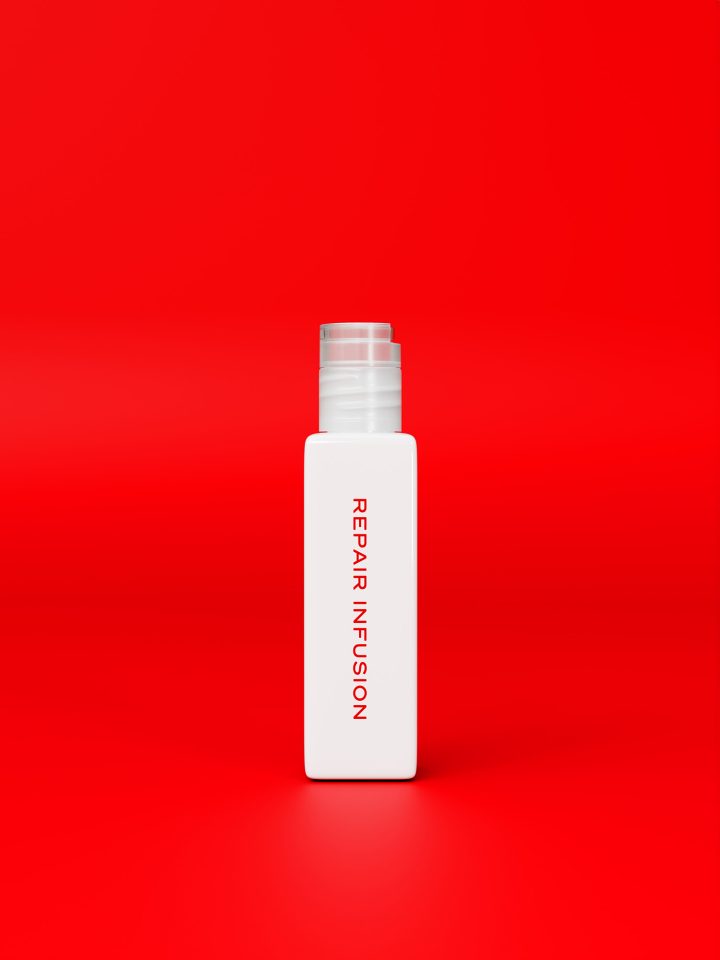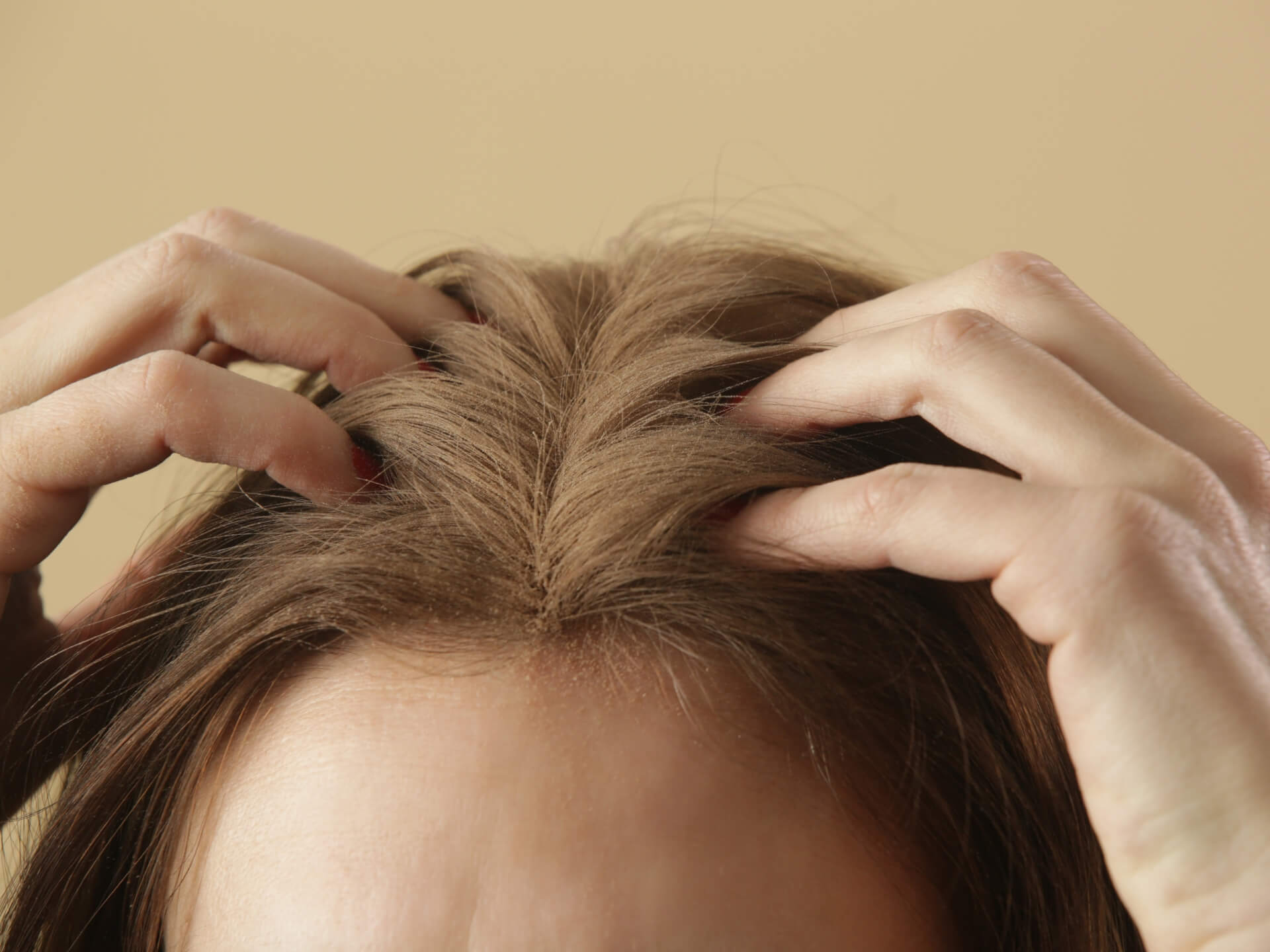Dry scalp is not only uncomfortable, but it can also lead to other problems such as itching, irritation and patches of redness on the scalp. Moreover, dry scalp is a common reason why your hair might be dry, lifeless, dull, frizzy or even greasy and oily. In this article, we take a look at the most common causes of dry scalp and give you 6 ways to treat dry scalp.
What does dry scalp look like?
A dry scalp can be very irritating and uncomfortable. In most cases, it is easy to tell if you have a dry scalp. Common symptoms include an itchy and scratchy scalp, flakes similar to dandruff, or skin that feels tight and sore. Other common symptoms are that your hair feels lifeless, lusterless, and may even be frizzy and difficult to untangle.
Can dry scalp cause oily hair?
A lesser known symptom of dry scalp is actually oily or greasy hair and oily scalp. When the scalp is dry, it can cause an increase in oil production in the hair follicles resulting in hair that feels and looks greasy, greasy or oily.
What causes dry scalp?
There are many factors that can cause dry scalp. Here are 9 of the most common causes.
- You wash your hair too often: Washing your hair too frequently can strip natural moisture and oil from your hair and scalp. This can leave your scalp dry, irritated and itchy. For most people, washing their hair no more than 1-3 times per week is sufficient.
- Hair care products with harsh chemicals: too many hair care products contain chemicals and sulphates that strip natural oils from the scalp. This can cause dryness, itching and flaking of the scalp.
- You're not drinking enough water: A dry scalp is often the result of a lack of moisture. That's why it's important to drink enough water every day.
- Weather conditions: Dry and cold weather can drain your scalp of moisture, resulting in a dry and itchy feeling.
- Bacteria and fungal infections: Bacteria and fungal infections can lead to dry scalp by causing inflammation and swelling that clog hair follicles and prevent moisture and nutrients from reaching the skin.
- Diet: An unhealthy diet rich in fats and sugars but poor in nutrients can lead to hair loss which, in turn, can cause dryness.
- Stress: One of the most common causes of dry skin overall is stress. When you're stressed, your body produces less of the natural oils it needs to resist external stresses. This makes you more susceptible to dryness and irritated areas.
- Hormonal changes: A hormonal imbalance, common during puberty and menopause, can cause the sebaceous glands to not function as well, resulting in a dry scalp.
- Allergic reactions: Allergy to hair products such as shampoo, conditioner or hair color can cause dryness and itching.
How do I know if it's dandruff or dry scalp?
There are several ways to determine if you have dandruff or dry scalp. One of the easiest ways is to feel your hair and see how it feels. Hair affected by dandruff or seborrheic dermatitis usually feels greasier and a little stickier than hair that has dandruff-like flakes caused by dry scalp. If you run a finger through your hair and it feels like there's a little extra stuck in your finger, it's probably splenic eczema.
Another way to know if it's dandruff or dry scalp is how your skin quality feels around your scalp. If your scalp feels dry and irritated, it's probably dry scalp. If your scalp feels moist and sticky, it's probably dandruff.
How to moisturize dry scalp? Here are our top 6 tips!
So, how do you moisturize and treat dry scalp? There are many ways to treat and prevent dry scalp.
Here are 6 of our top tips:
1. CHOOSE A SULFATE-FREE SHAMPOO
You need a shampoo that is moisturizing and repairing. Avoid at all costs shampoos that contain chemicals such as sulphates, cyclic silicones and parabens as these will only dry out your hair further. Instead, choose a mild shampoo with natural ingredients such as hyaluronic acid, avocado oil and Piroctone Olamine which have a soothing effect on the scalp.
2. WASH YOUR HAIR AT MOST 2-3 TIMES A WEEK
There is a myth that you should wash your hair every day to keep it healthy and clean from dirt and grease. Actually, it is better to wash your hair at most 2-3 times a week. This is especially true if you have dry and damaged hair. If you wash your hair too often, it will become dry and lifeless.
3. USE A MOISTURIZING CONDITIONER AFTER EACH WASH
While shampoo should not be used more than 2-3 times a week, you can actually use conditioner on your hair every day to moisturize it and keep it healthy. The conditioner will take care of the dry and damaged areas of your hair, leaving it soft and easier to detangle. Also remember that you should never shampoo your hair without conditioner afterwards, as this can make it even more dry and damaged. Always choose a moisturizing conditioner for best results.
4. DRINK ENOUGH WATER
Dry scalp is basically caused by a lack of moisture in the scalp. Therefore, be careful to drink enough water. An adult needs about 1.5 - 2 liters of water per day.
5. ADD A HAIR MASK TO YOUR WEEKLY ROUTINE
A hair mask is a perfect way to moisturize your hair. A hair mask with moisturizing ingredients such as shea butter, hyaluronic acid and avocado oil will make your hair softer, shinier and more elastic. Apply the mask 1-2 times a week or more often if your hair feels dry and lifeless.
6. PROTECT YOUR HAIR DURING HEAT STYLING
Most of us use heat tools to style our hair in some way, and it's not always easy to do it gently. High heat is very damaging to your hair, so it is important that you protect your hair from damage. Always use a heat protectant before using heat to style your hair. There are heat protectors that are applied to both dry and wet hair and therefore something to suit everyone.
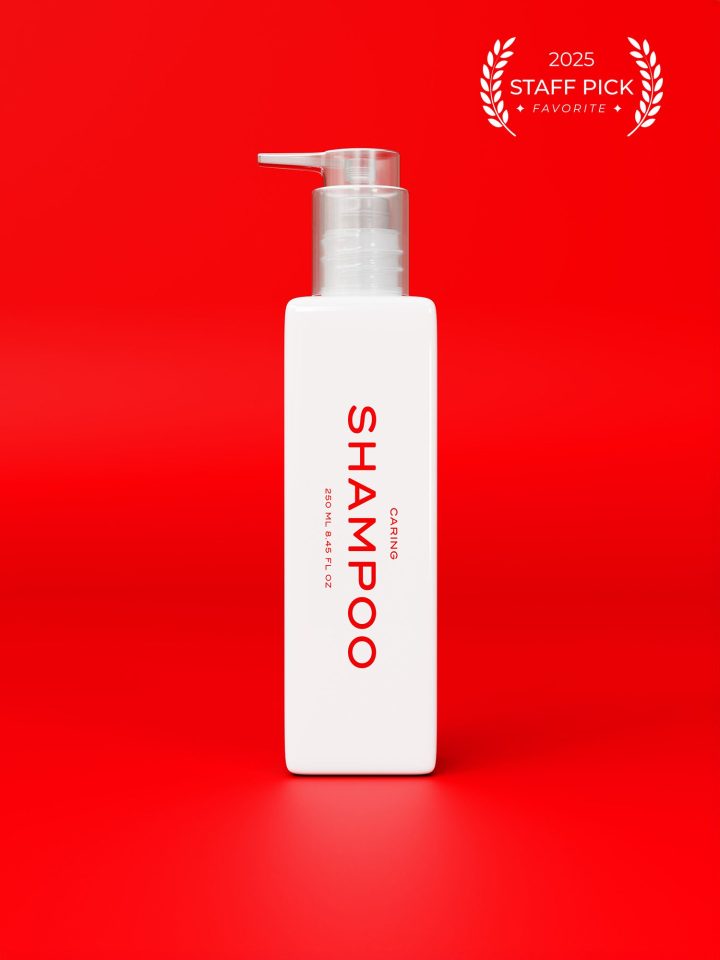
Caring Shampoo Gentle sulfate-free moisturizing shampoo 26,00 € - available on subscription from every 7 weeks
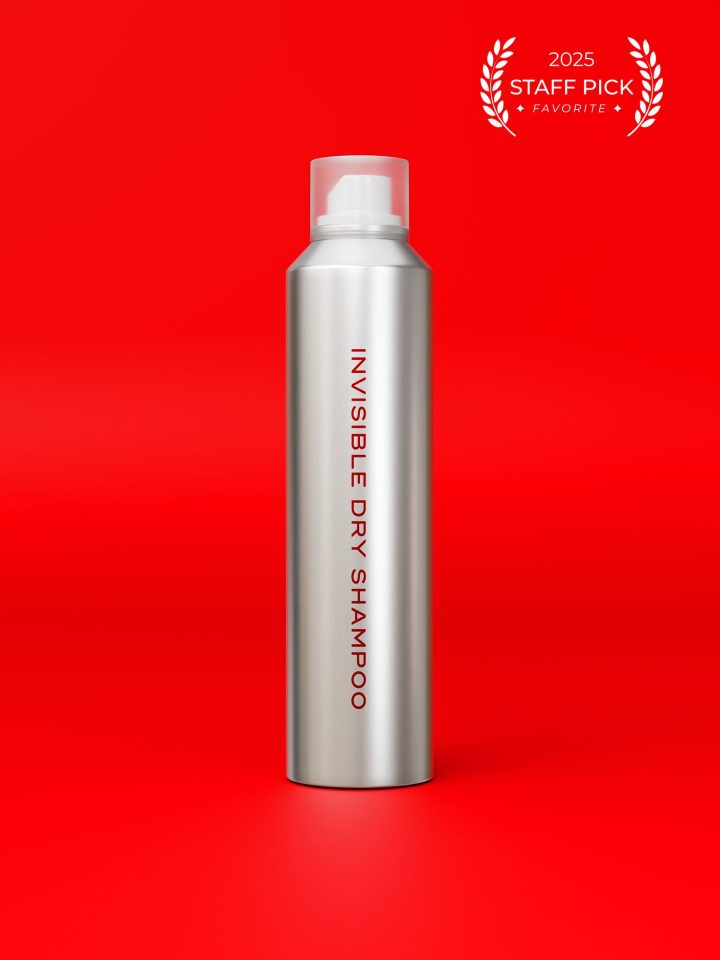
Invisible Dry Shampoo Fresh hair instantly without product residue 27,00 € - available on subscription from every 10 weeks
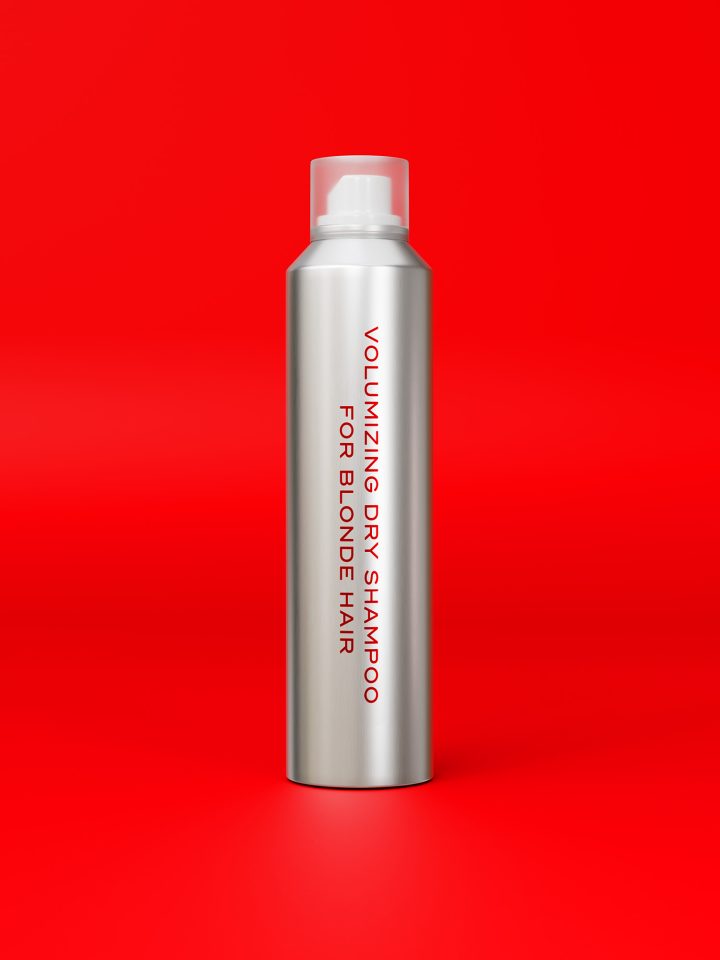
Volumizing Dry Shampoo Blonde Instant volume without irritating the scalp 27,00 € - available on subscription from every 10 weeks
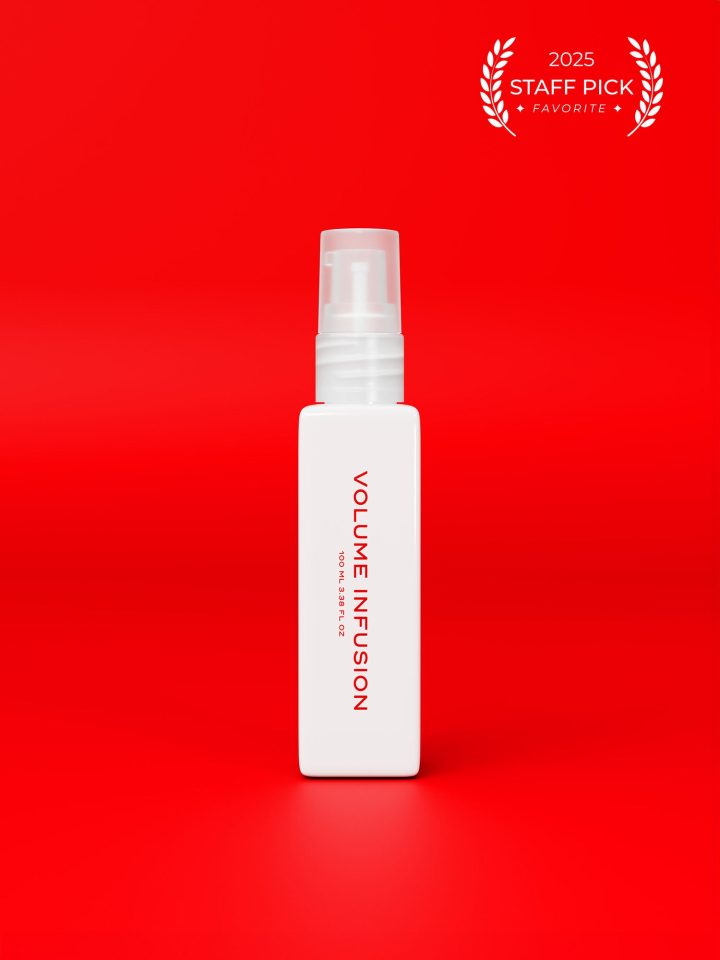
Volume Infusion - Booster Volume straight from the shower without styling 30,00 € - available on subscription from every 7 weeks
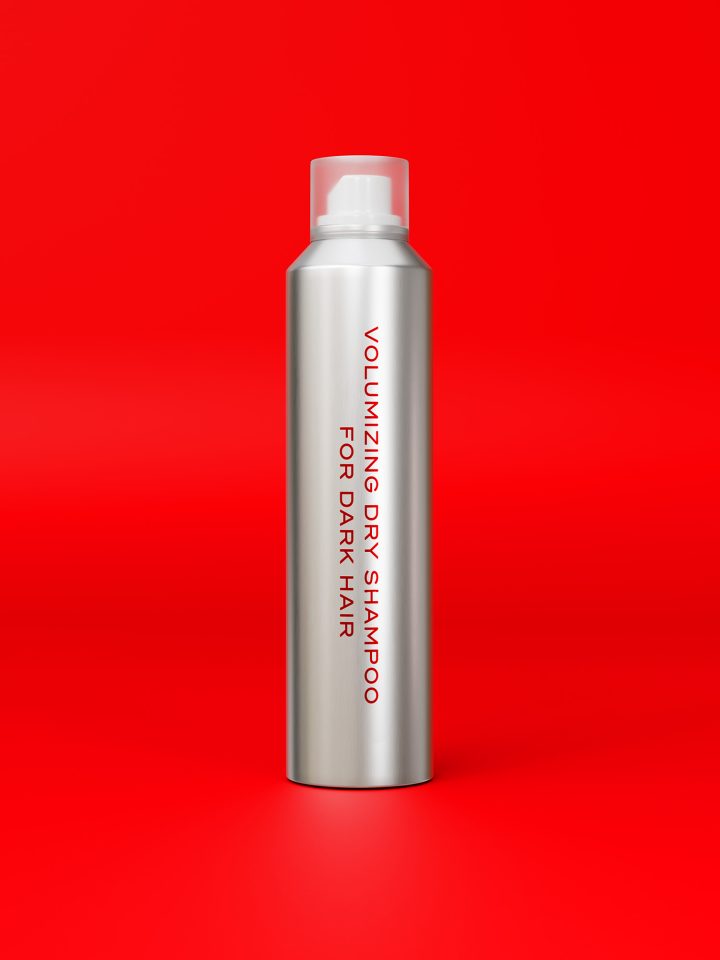
Volumizing Dry Shampoo Dark Instant volume without irritating the scalp 27,00 € - available on subscription from every 10 weeks
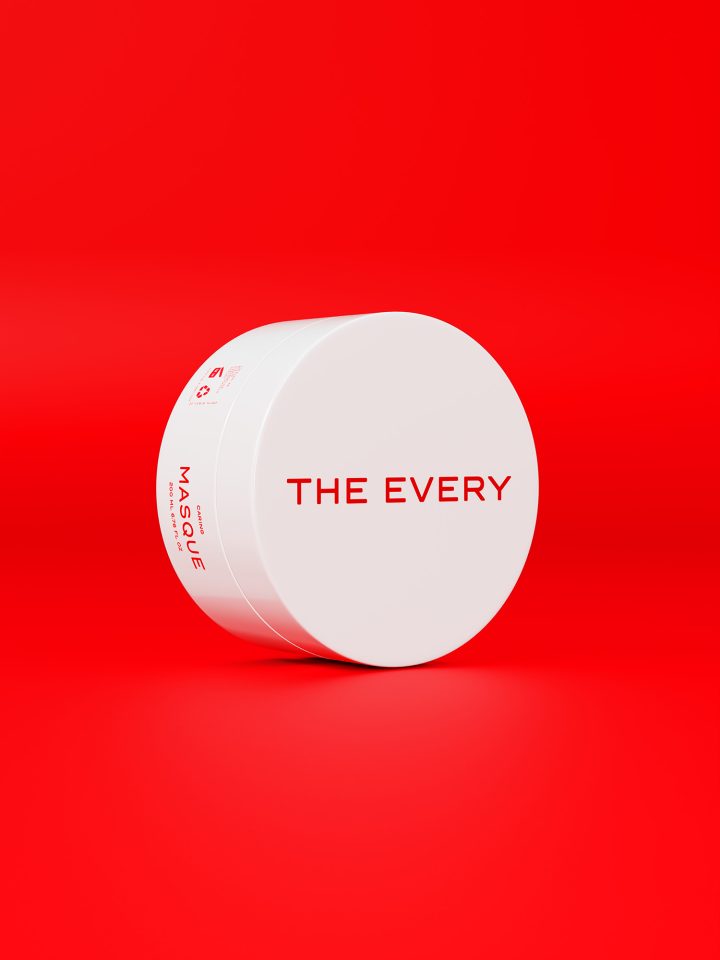
Caring Masque Intensively nourishing hair mask with shea butter 35,00 € - available on subscription from every 10 weeks
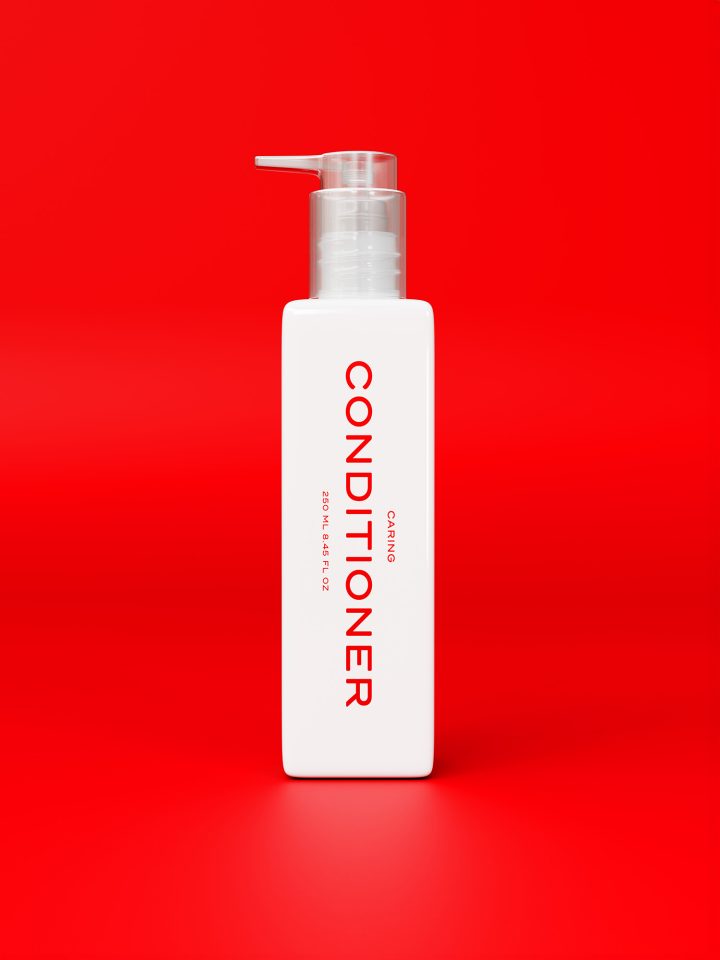
Caring Conditioner Gentle sulfate-free moisturizing conditioner 26,00 € - available on subscription from every 7 weeks
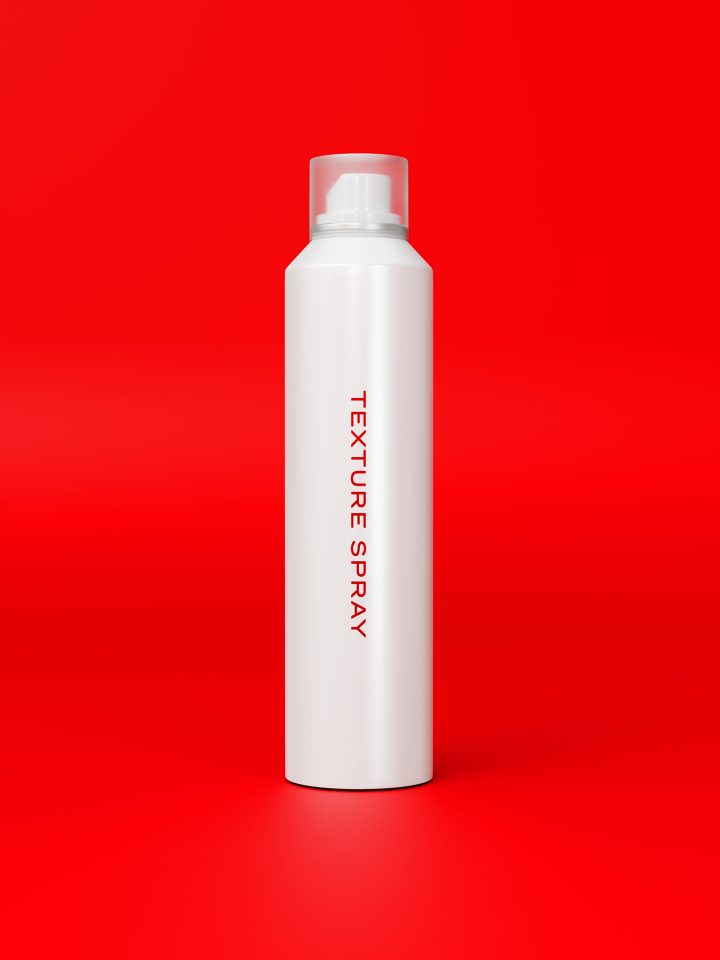
Texture Spray Instant volume without a sticky feeling 27,00 € - available on subscription from every 7 weeks
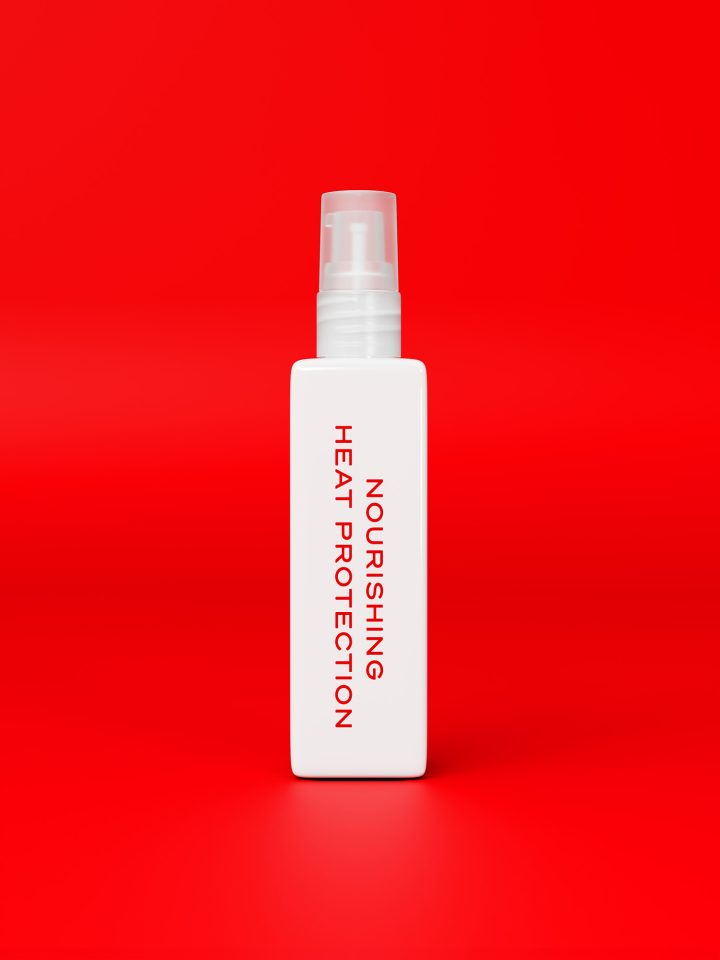
Nourishing Heat Protection Ultra-protective, nourishing leave-in cream 27,00 € - available on subscription from every 7 weeks
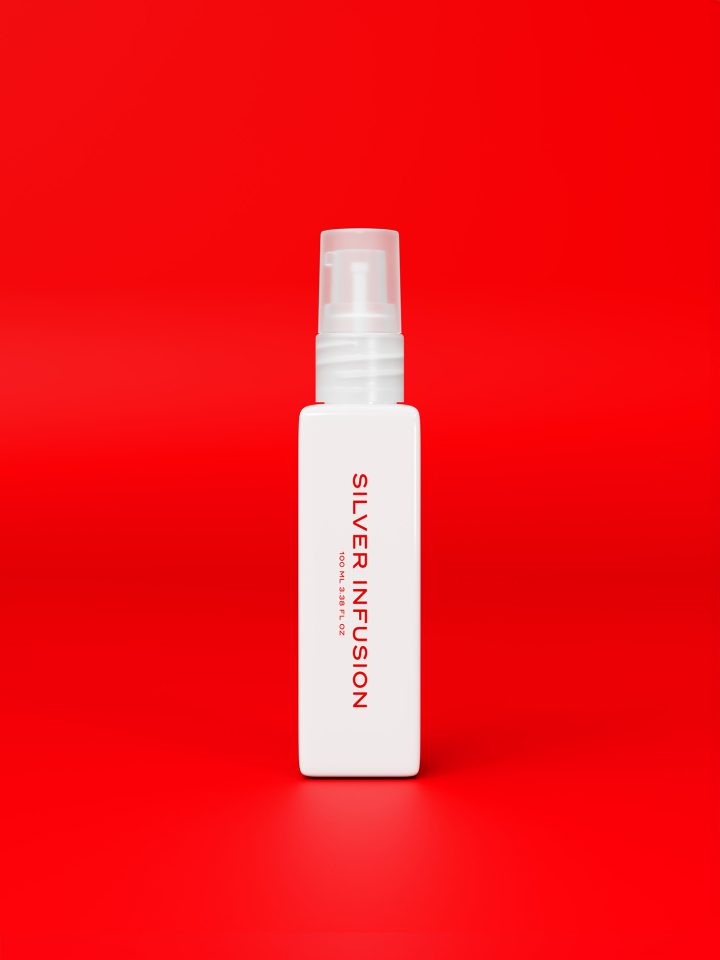
Silver Infusion - Booster Color correcting booster for cool tones 30,00 € - available on subscription from every 7 weeks
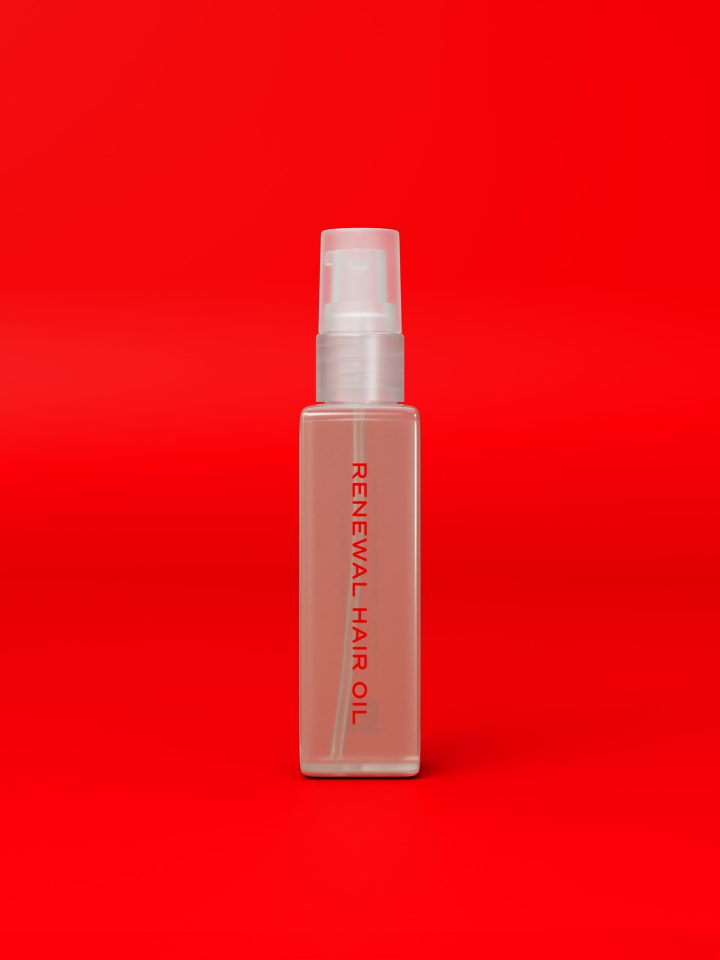
Renewal Hair Oil Nourishing & shine-giving hair oil 45,00 € - available on subscription from every 7 weeks
